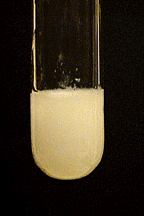
Barium, Ba2+
Most common oxidation state: +2
M.P. 725o
B.P. 1640o
Density 3.51 g/cm3
Characteristics: Silvery metal. Extremely active, reacts quickly with oxygen in air, and with most non-metals.
Characteristic reactions of Ba2+:
Sulfate Ion:
Addition of a sulfate source, such as sulfuric acid produces a white, finely divided precipitate of barium sulfate:

BaSO4 is extremely insoluble in water, alkalies, or acids, but is slightly soluble in hot, concentrated sulfuric acid.
Ammonium Carbonate:
A soluble carbonate such as ammonium carbonate reacts with Ba2+ to precipitate white barium carbonate:
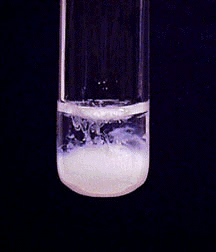
Aqueous ammonia should also be added to ensure complete precipitation. The aqueous ammonia assures that the concentration of carbonate ion will be high enough by preventing the hydrolysis of carbonate ion to form hydrogen carbonate ion:
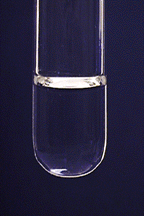
Barium carbonate is soluble in acid, including dilute acetic acid, in strong bases, and in aqueous ammonia.
Potassium Chromate:
Soluble chromates react with barium ion to form a finely divided yellow precipitate of barium chromate:
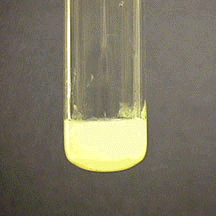
Barium chromate is soluble in mineral acids, but only slightly soluble in acetic acid. In strong acids, an orange solution of barium dichromate is formed:
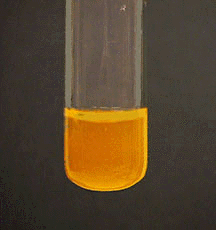
Barium chromate is insoluble in bases.
Sodium Oxalate:
Soluble oxalates react with barium ion to produce white barium oxalate. This precipitate is soluble in strong acids, and in hot dilute acetic acid.
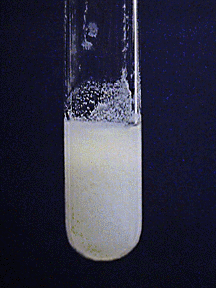
Flame Test:
Solutions of barium salts give a yellow-green color to a Bunsen burner flame.
No Reaction:
Cl-, NH3(aq) in dilute solutions (< 0.2 M), NaOH in dilute solutions (< 0.2 M)